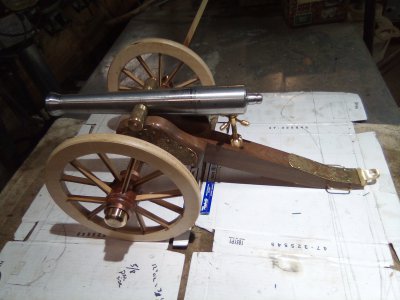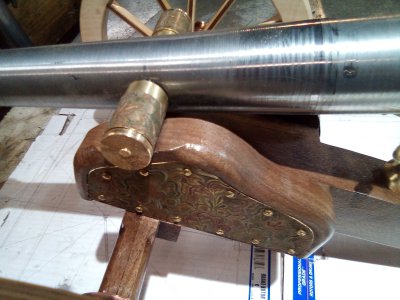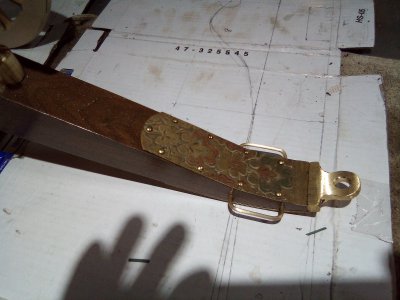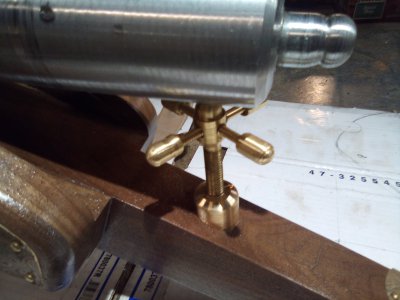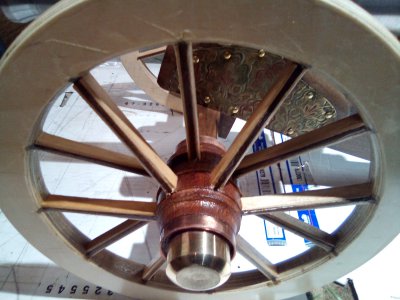- Joined
- Dec 9, 2016
- Messages
- 1,133
Cool project. I Especially like the wheels and axle setup, Outstanding 
Is it setup to fire any blanks or caps or anything? Nevermind I see you are discussing different powders so I think that answers my question!
Is it setup to fire any blanks or caps or anything? Nevermind I see you are discussing different powders so I think that answers my question!
Last edited:


